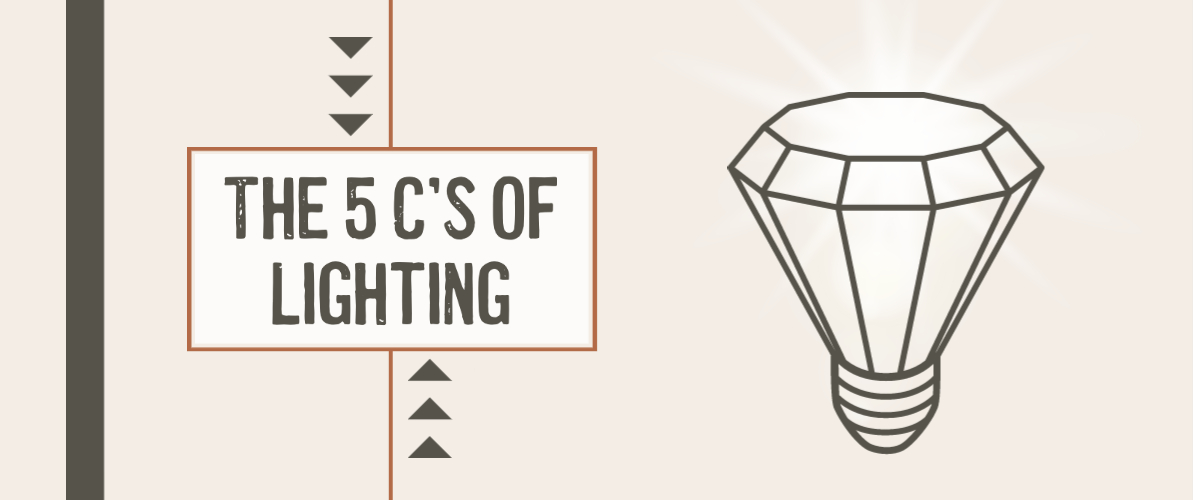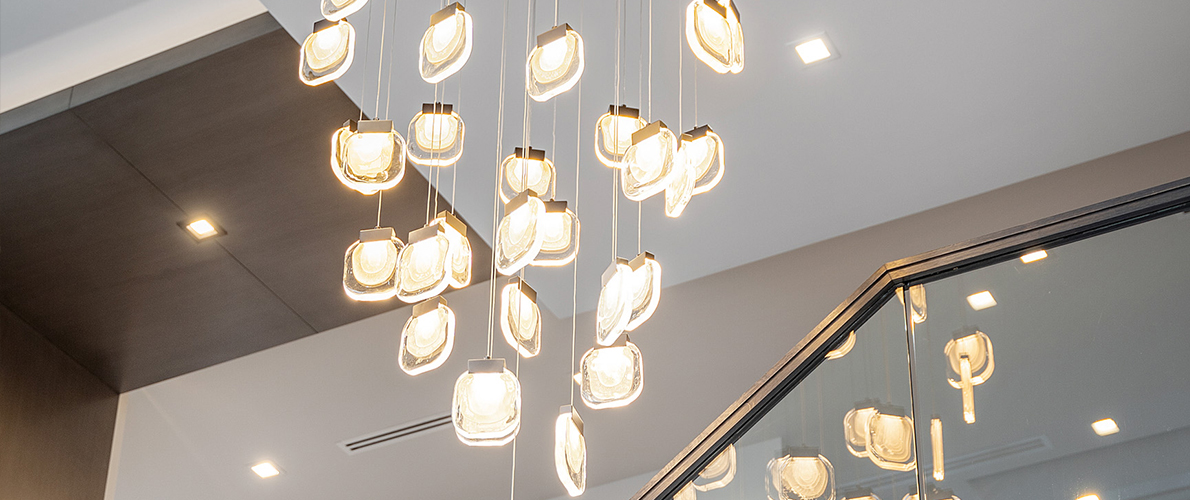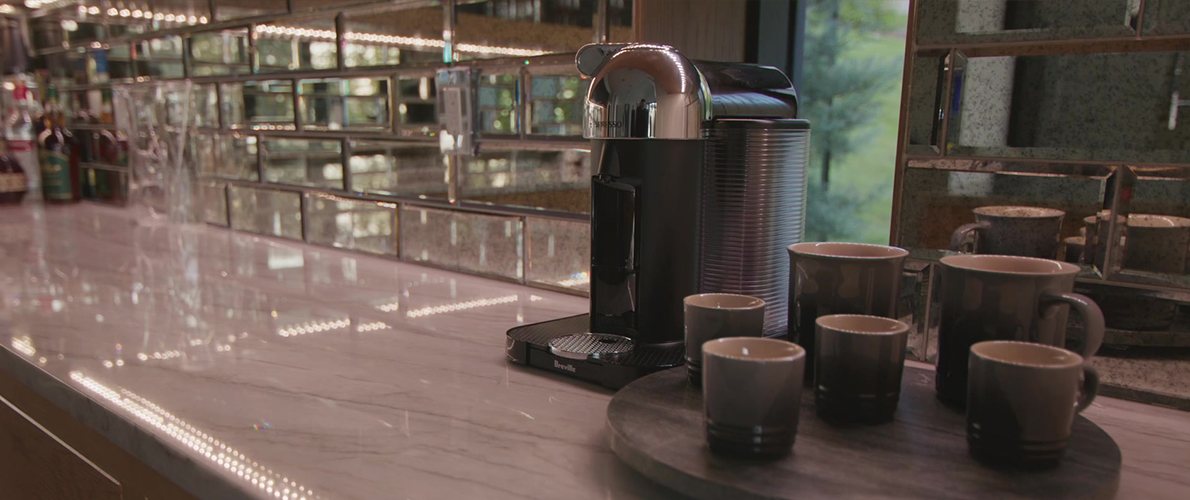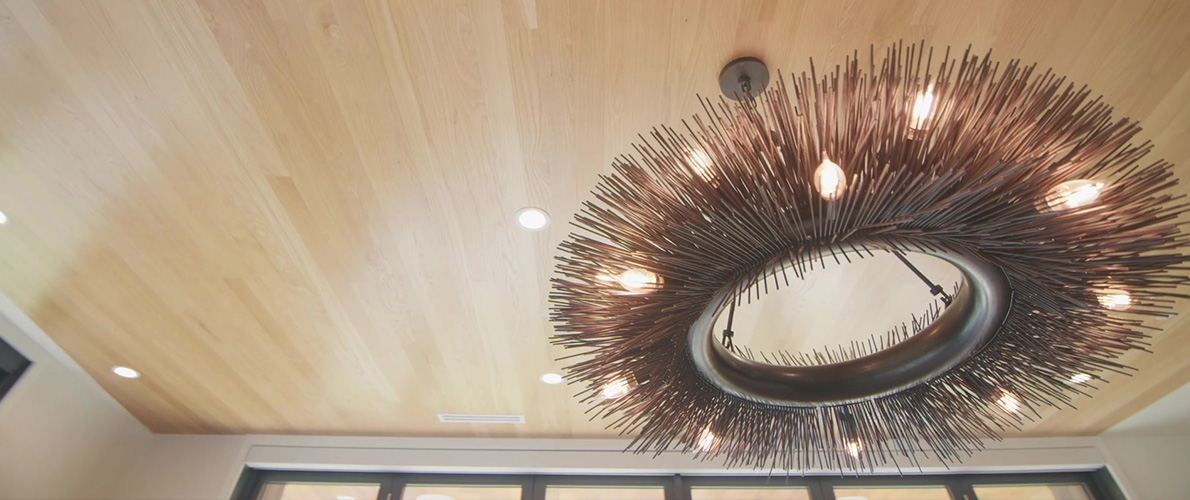
The 5 C's of Smart Lighting
If you have ever shopped for a diamond, you are well aware of the "4 C's" of diamonds; Cut, Color, Clarity, and Carat. If you haven't been through that process, you need to know that the 4 C's are the defining characteristics that lead to a diamond's value. Understanding how diamonds rank in each of the four categories allows you to compare diamonds to one another.
You may not know this, but at BRAVAS, we have the 5 C's to help our clients understand smart lighting and what will work best for their homes. Read on to learn about the 5 C's.
1. Color
Color is probably the most important characteristic to understand when choosing light. The color temperature of light is measured in degrees Kelvin. How that number is calculated is interesting but better saved for another blog. What you should know is that a lower number will look more orange, and a higher number will look more blue. For most homes something in the range of 3000K-3500K will appear comfortably white. If you want more of a traditional incandescent look, consider 2700K, and for a workspace, like a garage, consider going as high as 5500K.

Project by: BRAVAS Boca Raton / SRD Building Corp
2. CRI
CRI stands for Color Rendering Index and measures how accurately a lamp renders colors on a scale from 0-100. Sunlight has a very high CRI, as colors look bright and saturated in full sun. Poor artificial light, like fluorescent tubes, will often have a low CRI, making colors look washed-out and muddy. High CRI lights are more enjoyable everywhere in the home, but are incredibly important in tasks areas like kitchens and closets, where the ability to perceive color accurately is most valuable. At BRAVAS, we recommend a CRI of 90+ for the entire home, though you can get away with less in storage closets or other low-use areas.
3. Capacity
Capacity is how we describe the brightness of a light source. We used to measure brightness in watts, but with LED lamps we now discuss lumens. Most LED lamps will provide a conversion from watts to lumens to help you replace older bulbs. As a general rule, the output of a 60w light bulb is equivalent to about 800 lumens. You want enough brightness in each room to handle the tasks that will happen in them, but not so much that the room feels like a museum exhibit in the evenings.

Project by: BRAVAS Dallas-Fort Worth
4. Cast
We use cast to discuss how a light fixture disperses light. A bare bulb sends light evenly in all directions, but a recessed fixture "aims" light. Understanding how that light is spread is vital in determining where light should be placed and how many you will need. We try to light objects, not air when designing a lighting plan for a home. For example, we might gently wash light across a wall or precisely focus light on a painting or a table. Understanding how to use different types of beam spreads can be complicated, but the result can make your home look like the interior of a luxury hotel when done well.

Project by: BRAVAS Dallas-Fort Worth
5. Control
The last, and one of the most important, attributes of light is Control. Control can mean a few things, the most basic of which is whether or not that lamp is dimmable. A dimmable lamp gives you the ability to reduce the output of the light to match the situation. In a kitchen, you might want full brightness for preparing your meal but substantially less for sitting down to eat it.
Another aspect of Control is the ability to adjust the color. The more basic form of this is called dim-to-warm. With a dim-to-warm fixture, the color of the light changes as the bulb dims. This is similar to incandescent bulbs, which get warmer in color as you reduce the power to them. With a traditional LED, the color of the light doesn't change; it just looks grayer as it dims.
The more advanced ability to control color is called color-tuning. With a color-tunable lamp, like Lutron Ketra, the bulb can produce any color you desire, from pure white to your alma mater's colors. Color tuning provides limitless options to make your home look exactly the way you want. A great example of this can be seen in the following demo from Lutron Ketra:
Ketra Lighting Demo from Ketra on Vimeo.
If you are interested in updating the lighting in your space or planning for your next home, please reach out to us today. At BRAVAS DFW, we understand the impact light can have on the spaces you live in, and we have an entire team ready to ensure your home is the best place for you to live, work, and play.



